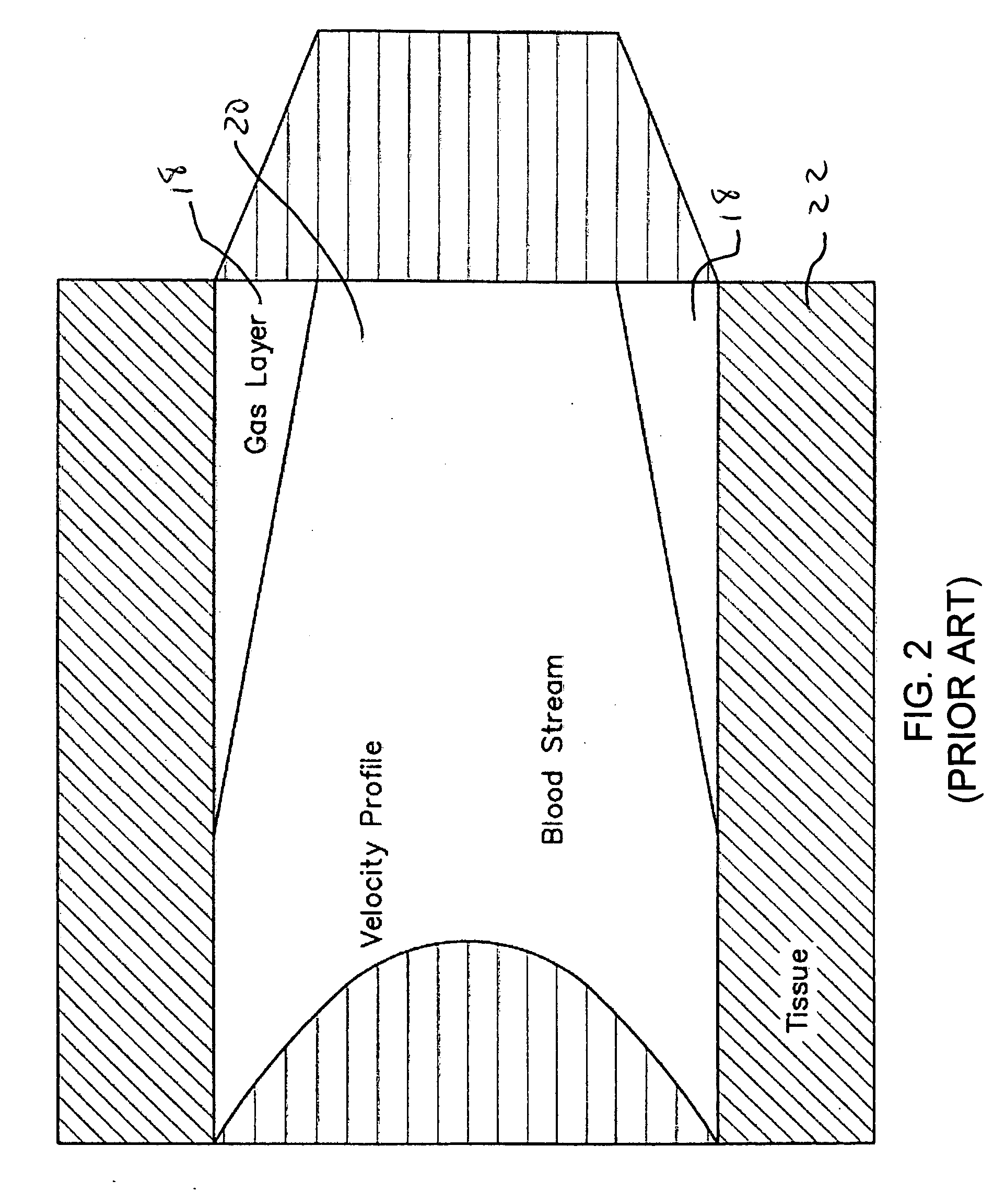Dive computer and method for determining gas formation
a computer and gas formation technology, applied in the field of diving computers, can solve problems such as pain, disability or death of divers, and one-dimensional diffusion into an infinite slab cannot be allowed to be saturated, and achieve the effect of reducing the difficulty of diving
- Summary
- Abstract
- Description
- Claims
- Application Information
AI Technical Summary
Problems solved by technology
Method used
Image
Examples
Embodiment Construction
[0040] This invention is based on the idea of using an algorithm to calculate the formation of free nitrogen in the human body. The invention disclosed herein may be implemented as a method, apparatus or article of manufacture using standard programming or engineering techniques to produce software, firmware, hardware, or any combination thereof. The term “article of manufacture” as used herein refers to code or logic implemented in hardware or computer readable media such as optical storage devices, and volatile or non-volatile memory devices. Such hardware may include, but is not limited to, field programmable gate arrays (“FPGAs”), application-specific integrated circuits (“ASICs”), complex programmable logic devices (“CPLDs”), programmable logic arrays (“PLAs”), microprocessors, or other similar processing devices.
[0041] The gas formation model (“GFM”) is based on the physics of gas formation in supersaturated substances and on the physiology of the human cardiovascular system....
PUM
 Login to View More
Login to View More Abstract
Description
Claims
Application Information
 Login to View More
Login to View More - R&D
- Intellectual Property
- Life Sciences
- Materials
- Tech Scout
- Unparalleled Data Quality
- Higher Quality Content
- 60% Fewer Hallucinations
Browse by: Latest US Patents, China's latest patents, Technical Efficacy Thesaurus, Application Domain, Technology Topic, Popular Technical Reports.
© 2025 PatSnap. All rights reserved.Legal|Privacy policy|Modern Slavery Act Transparency Statement|Sitemap|About US| Contact US: help@patsnap.com



